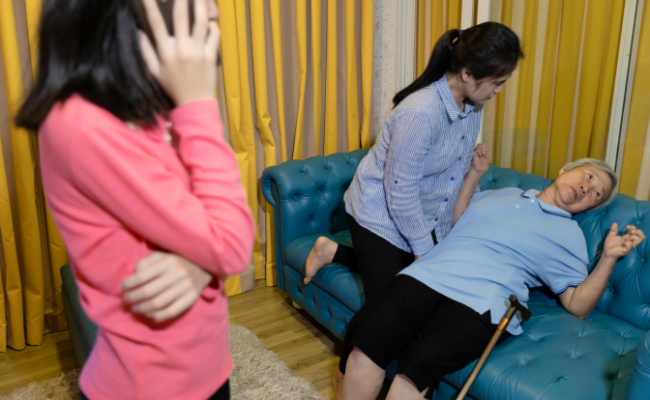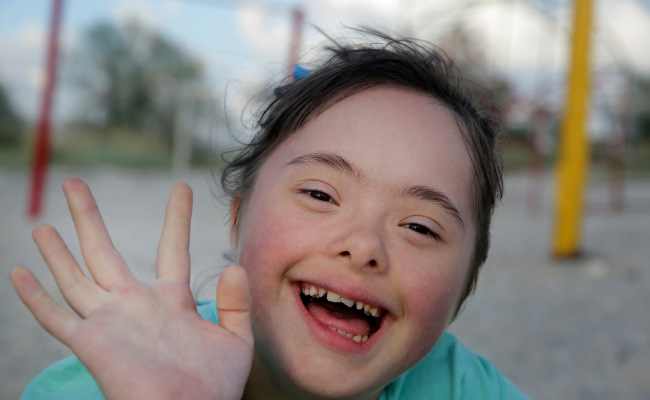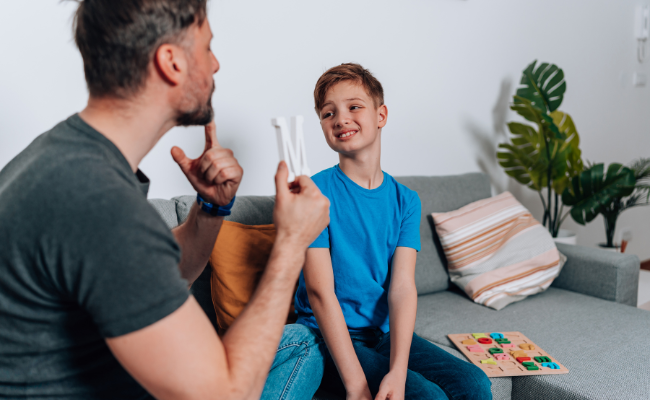How to Treat Postherpetic Neuralgia?
- December 28, 2023
- No Comments
What is Post Herpetic Neuralgia (PHN)?
Postherpetic neuralgia (PHN) is persistent pain that follows a shingles infection, caused by the reactivation of the varicella-zoster virus. Shingles presents as a painful rash with blisters, usually on one side of the body. Even after the rash subsides, some experience lingering pain in the affected area, termed postherpetic neuralgia. This condition significantly impacts quality of life, requiring a comprehensive approach for management.
Why Does Post Herpetic Neuralgia Occur?
Understanding the mechanism behind PHN is crucial to developing effective treatment strategies. Shingles, which is a reactivation of the chickenpox virus, affects nerve fibers and surrounding tissues. The virus travels along the nerves, causing inflammation and damage. Although the rash heals, the nerves may remain in a state of heightened sensitivity, leading to persistent pain.
Several factors contribute to an increased risk of developing PHN, including age (older individuals are more susceptible), a weakened immune system, and the severity of the initial shingles outbreak. Additionally, the location of the shingles rash on the body can influence the likelihood of developing PHN.
How Does Post Herpetic Neuralgia Manifest?
PHN presents with a range of symptoms, the most prominent being persistent pain in the area previously affected by shingles. The pain is often described as burning, stabbing, or throbbing, and it can be intense enough to interfere with daily activities and significantly reduce the individual's quality of life.
Sensations such as itching, numbness, and increased sensitivity to touch may also accompany the pain. In severe cases, individuals may experience sleep disturbances, mood changes, and a decreased ability to perform routine tasks.
Treatment Solutions for Post Herpetic Neuralgia
Addressing PHN involves a multidimensional approach aimed at managing pain, promoting healing, and improving overall well-being. While there is no one-size-fits-all solution, a combination of medical interventions, lifestyle modifications, and supportive therapies can significantly alleviate symptoms.
Medications:
- Antiviral Drugs: If administered early in the shingles outbreak, antiviral medications can reduce the severity of the infection and lower the risk of developing PHN.
- Pain Relievers: Over-the-counter pain relievers such as acetaminophen or nonsteroidal anti-inflammatory drugs (NSAIDs) can provide temporary relief. However, prescription medications like opioids may be necessary for severe pain.
- Antidepressants: Certain antidepressant medications, such as tricyclic antidepressants and selective serotonin and norepinephrine reuptake inhibitors (SSNRIs), have been found to be effective in managing nerve-related pain.
- Anticonvulsants: Medications typically used to treat seizures, such as gabapentin and pregabalin, can help control nerve-related pain in PHN.
Topical Treatments:
- Lidocaine Patches: Topical lidocaine patches can be applied directly to the affected area, providing localized relief by numbing the skin and nerves.
- Capsaicin Cream: Derived from chili peppers, capsaicin cream can be applied topically to reduce pain by interfering with nerve signals.
Nerve Blocks and Injections:
- Medical professionals may recommend nerve blocks or injections of corticosteroids or local anesthetics to target specific nerves and reduce pain signals.
Physical Therapy:
- Physical therapy aims to improve flexibility, strength, and range of motion in the affected area. Gentle exercises and stretching can help prevent muscle stiffness and enhance overall function.
Complementary Therapies:
- Acupuncture: This traditional Chinese medicine technique involves inserting thin needles into specific points on the body to promote healing and reduce pain.
- Massage Therapy: Massage can improve circulation, reduce muscle tension, and provide relief from PHN-related discomfort.
Benefits of Treating Post Herpetic Neuralgia:
- Improved Quality of Life: Effective treatment of PHN can significantly enhance an individual's quality of life by reducing pain and restoring the ability to engage in daily activities.
- Prevention of Complications: Prompt intervention, such as the use of antiviral drugs during the shingles outbreak, can prevent or minimize the development of PHN.
- Enhanced Mental Well-being: Managing chronic pain through a combination of medications and therapies can alleviate the psychological burden associated with PHN, reducing stress and improving mental well-being.
- Restored Functionality: Physical therapy and targeted interventions aim to restore functionality in the affected area, allowing individuals to regain independence and participate in daily life more comfortably.
- Minimized Healthcare Costs: By effectively managing PHN, individuals may require fewer medical interventions, leading to reduced healthcare costs over the long term.









Comments (0)
No comments yet